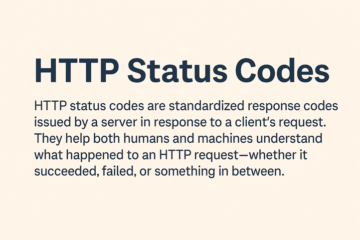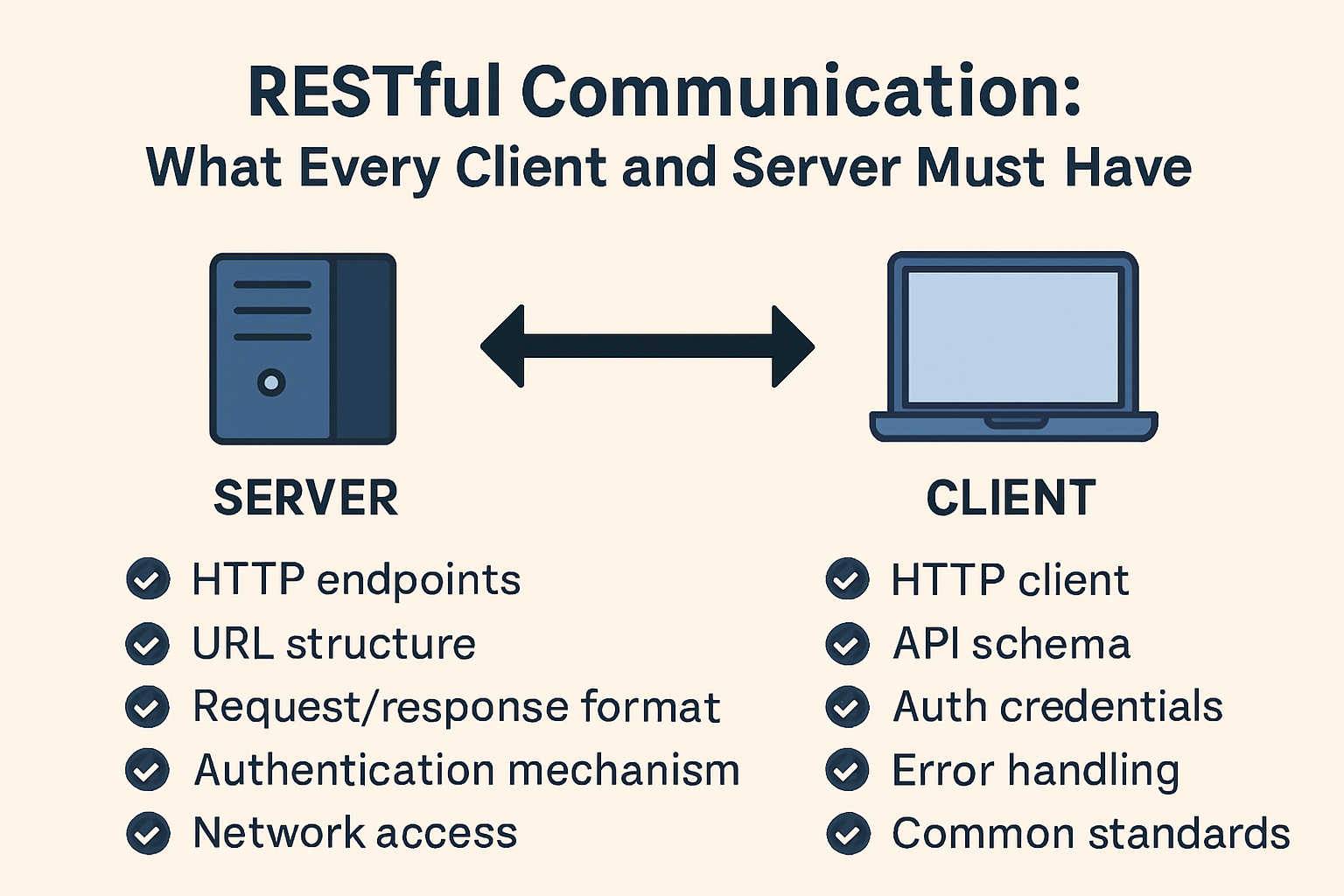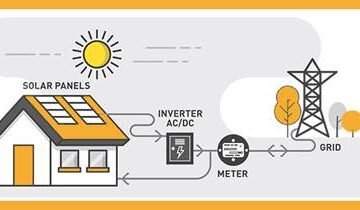The Smart Meter National Programme (SMNP) is an initiative by the government of India to promote the use of smart meters across the country. SMNP aims to replace 25 crore conventional meters with smart meters in India.
Energy Efficiency Services Limited
The scheme is being implemented by Energy Efficiency Services Limited (EESL), a JV of PSUs under the Ministry of Power. EESL is a joint venture of four National Public Sector Enterprises – NTPC Limited, PFC, REC, and POWERGRID, and was set up under the Ministry of Power.
This roll-out is proposed under the Build-Own-Operate-Transfer (BOOT) model, wherein EESL will undertake all the capital and operational expenditure with zero upfront investment from states and utilities. EESL recovers the cost of these meters through the monetization of energy savings, resulting from enhanced billing accuracy, avoided meter reading costs, and other efficiencies.

Central Electricity Authority
The smart meters are installed as per guidelines issued by the Central Electricity Authority (CEA). The CEA of India advises the government on policy matters and formulates plans for the development of electricity systems.
Why is the government promoting smart meters?
There are many benefits associated with smart meters.
- Smart meters allow consumers to track their electricity consumption, which can help them save money on their bills by making informed decisions about their energy usage.
- For utilities, smart meters can improve operational efficiency and help in managing power demand.
- Smart meters are connected through a web-based monitoring system which will help to reduce commercial losses of utilities, enhance revenues and serve as an important tool in power sector reforms.
- With electricity demand expected to rise by 79 percent in the next 10 years, India is on a path of transforming its energy mix with innovation. The nation needs to cut Aggregate Technical and Commercial (AT&C) losses to below 12% by 2022, and below 10% by 2027, along with enhancing energy production.
- Enabling India to achieve this imperative is the smart grid, the first step of which is the creation of Advanced Metering Infrastructure (AMI). A new range of ‘smart meters’ can bring efficiency to how India manages its electricity, by checking data-entry errors and billing efficiencies and cutting the costs of manual meter reading through the web-based monitoring system.
You can visit EESL website here for latest updates.
Note: This is my personal experience and learning which can differ from the actual and sometimes it depends on the utility requirement, customer ease, and respective state policies.
Thanks for reading. Cheers!!
To know more about the author, please visit his LinkedIn profile.
Go to home page for more information regarding communication protocols and other detailed blog on the future of the data center.



0 Comments